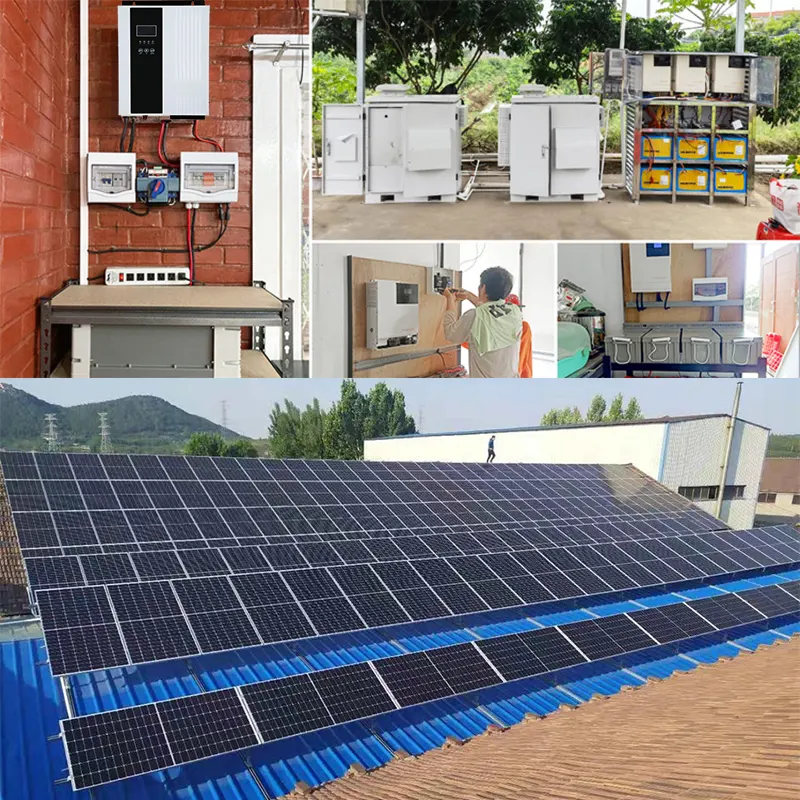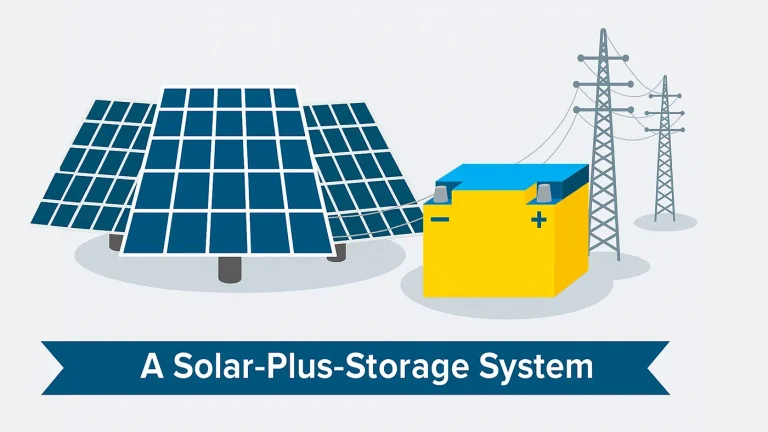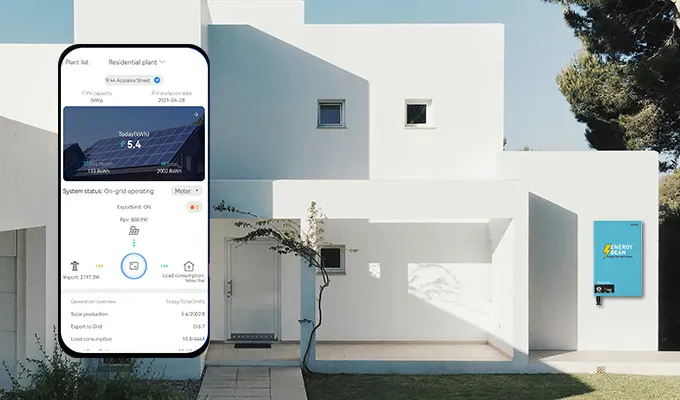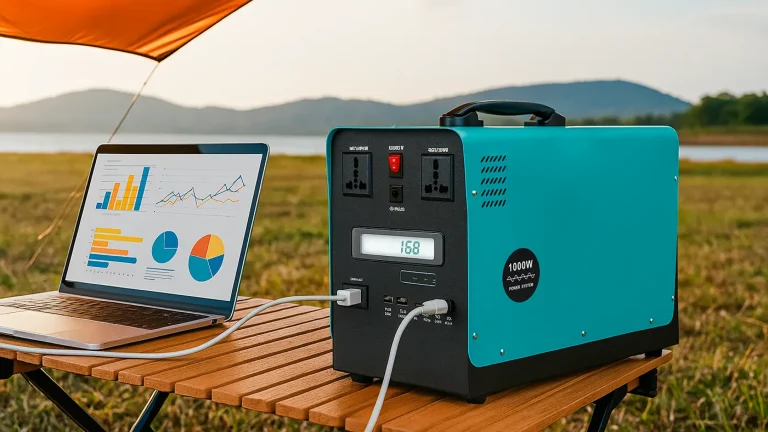14 octobre 2025
Qu'est-ce que l'état de charge des batteries solaires ?
Dans les systèmes modernes de stockage d'énergie et les véhicules électriques, l'état de charge (SOC) d'une batterie est un paramètre clé pour évaluer les performances de la batterie et l'énergie disponible.
Une estimation précise du SOC permet non seulement d'optimiser les stratégies de charge et de décharge, mais aussi de garantir la sécurité du système, de prolonger la durée de vie de la batterie et d'améliorer la gestion de l'énergie. Cet article présente la définition, les méthodes de calcul, les algorithmes d'estimation courants et les facteurs d'influence du SOC, ainsi que ses applications pratiques dans le domaine du stockage de l'énergie photovoltaïque et des véhicules électriques.
Qu'est-ce que le SOC ?
Le SOC représente le pourcentage d'énergie stockée dans une batterie ou un système de stockage d'énergie par rapport à sa pleine capacité. Dans une batterie, l'état de charge est le rapport entre la charge restante actuelle et la capacité entièrement chargée, généralement exprimé en pourcentage.
Ce paramètre aide les utilisateurs à comprendre la capacité restante de la batterie et à planifier les programmes de charge et de décharge. Il s'agit également d'une donnée essentielle pour les systèmes de gestion de la batterie (BMS) dans le cadre du contrôle de la charge, de l'optimisation de l'énergie et de la protection de la sécurité, servant d'indicateur clé des performances globales du système et de la disponibilité de l'énergie.
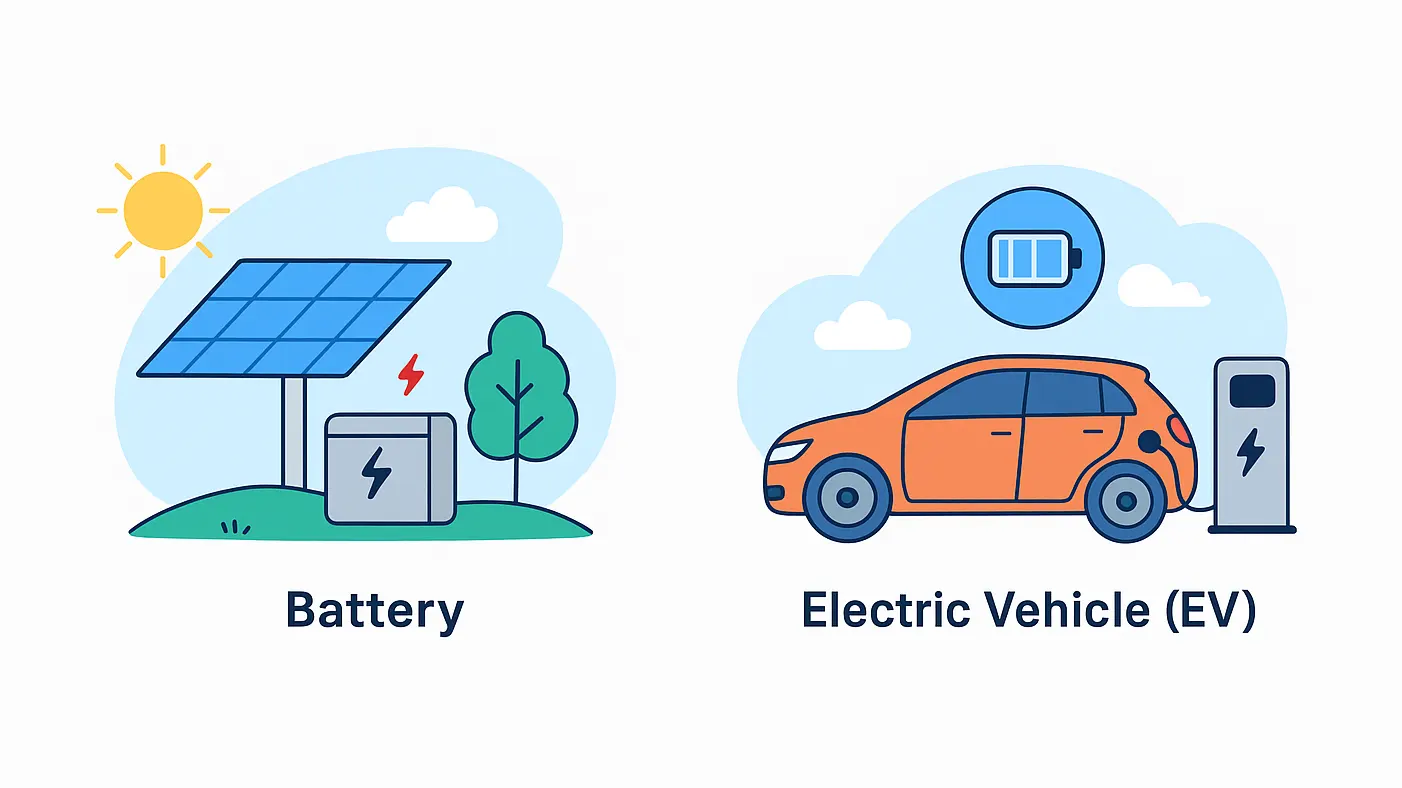
État de charge des différents actifs énergétiques
Batterie
Dans les systèmes de batteries solaires, le SOC est utilisé pour contrôler l'énergie restante en temps réel, ce qui aide les utilisateurs à planifier efficacement l'utilisation de l'énergie et les horaires de charge afin de maximiser l'utilisation de l'énergie.
Véhicule électrique (VE)
Dans les véhicules électriques, le SOC est le paramètre central du système de gestion de la batterie (BMS), qui reflète directement l'autonomie restante du véhicule. Il fournit des informations essentielles pour les décisions de conduite et joue un rôle crucial pour garantir la sécurité et la longévité de la batterie.
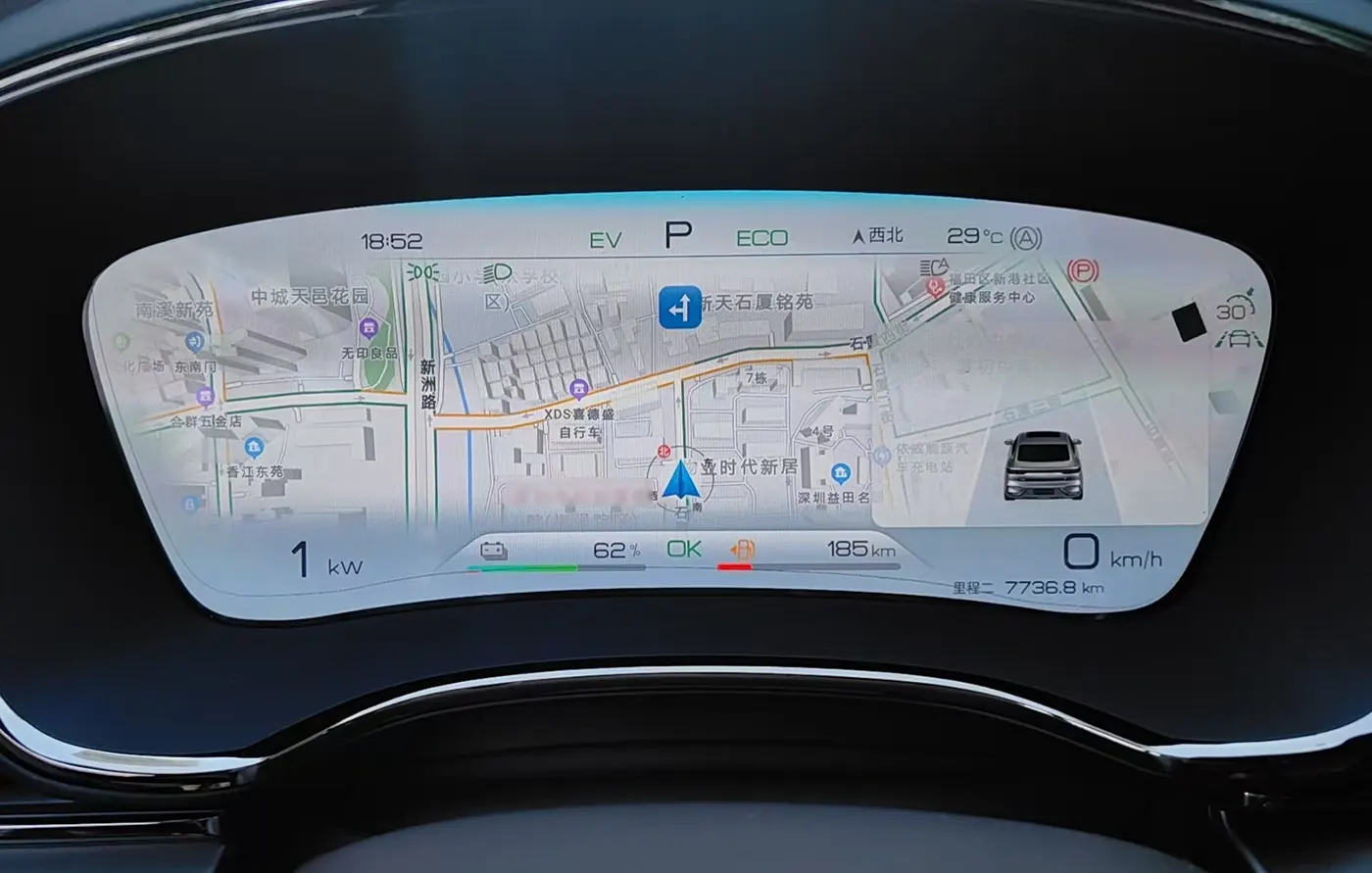
Que ce soit dans les systèmes de stockage de l'énergie solaire ou dans les véhicules électriques, le maintien d'un SOC entre 20% et 80% est considéré comme optimal et peut améliorer de manière significative la durée de vie de la batterie.
Comment calculer le SOC
L'état de charge de la batterie peut être représenté par le pourcentage de capacité restante par rapport à sa capacité maximale.
La formule est la suivante :
SOC = Capacité restante / Capacité totale × 100
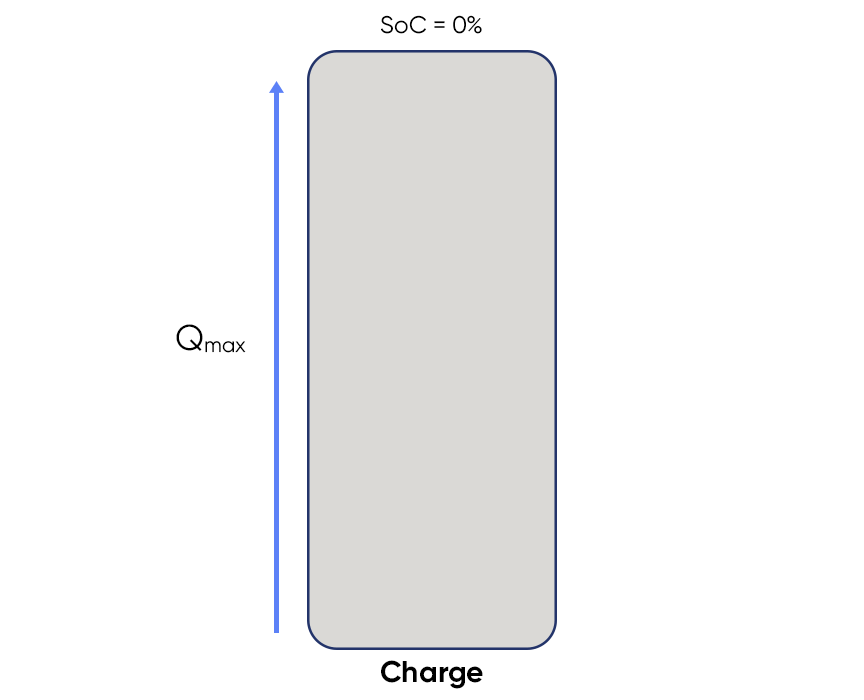
Exemple :
La capacité totale de stockage de GODE's LF51200-02 La batterie LiFePO₄ est de 10kWh. Si 3kWh ont été utilisés, alors : (
7kWh/10kWh)x 100 = 70% SoC.
Paramètre Description :
- Q₀(mAh) : Capacité initiale
- Q(mAh) : Capacité de charge ou de décharge
- Qmax(mAh) : Capacité maximale de stockage de la batterie
Comment mesurer l'état de charge des batteries solaires ?
Dans un système de gestion de la batterie (BMS), le SOC ne peut pas être mesuré directement et est généralement estimé à l'aide des modèles suivants :
1. Comptage de Coulomb
La méthode de comptage de Coulomb suit le courant de charge et de décharge dans le temps (intégration du courant). Elle offre une grande réactivité et une grande simplicité, mais souffre d'erreurs cumulatives sur de longues périodes et dépend fortement d'un SOC initial précis et d'une correction de l'efficacité.
2. Méthode de la tension en circuit ouvert
La méthode de la tension en circuit ouvert mesure la tension terminale dans des conditions de repos ou de faible courant et l'associe au SOC à l'aide d'une courbe OCV-SOC préétalonnée. Cette méthode est intuitive et précise dans des conditions d'équilibre, mais elle nécessite des périodes de repos pour éviter les erreurs induites par la polarisation.
3. Estimation basée sur un modèle
La méthode d'estimation basée sur un modèle utilise des modèles de circuits physiques ou équivalents ainsi que des données d'observation pour estimer ou prédire le SOC. Elle reflète le comportement électrochimique dynamique et conserve une grande précision dans des conditions variables, mais nécessite une modélisation précise, l'identification des paramètres et une plus grande capacité de calcul.
4. Algorithme hybride
L'algorithme hybride combine le suivi en temps réel du comptage de Coulomb, la correction dynamique de l'estimation basée sur un modèle et l'étalonnage statique de la méthode OCV. Il permet d'équilibrer les performances en temps réel et la précision à long terme et est largement adopté dans les applications industrielles de gestion des bâtiments.
Toutes les batteries de stockage d'énergie GODE sont dotées d'écrans LCD, de voyants lumineux ou d'applications mobiles pour la surveillance en temps réel de l'état de charge et d'autres paramètres - aucun calcul manuel n'est nécessaire.
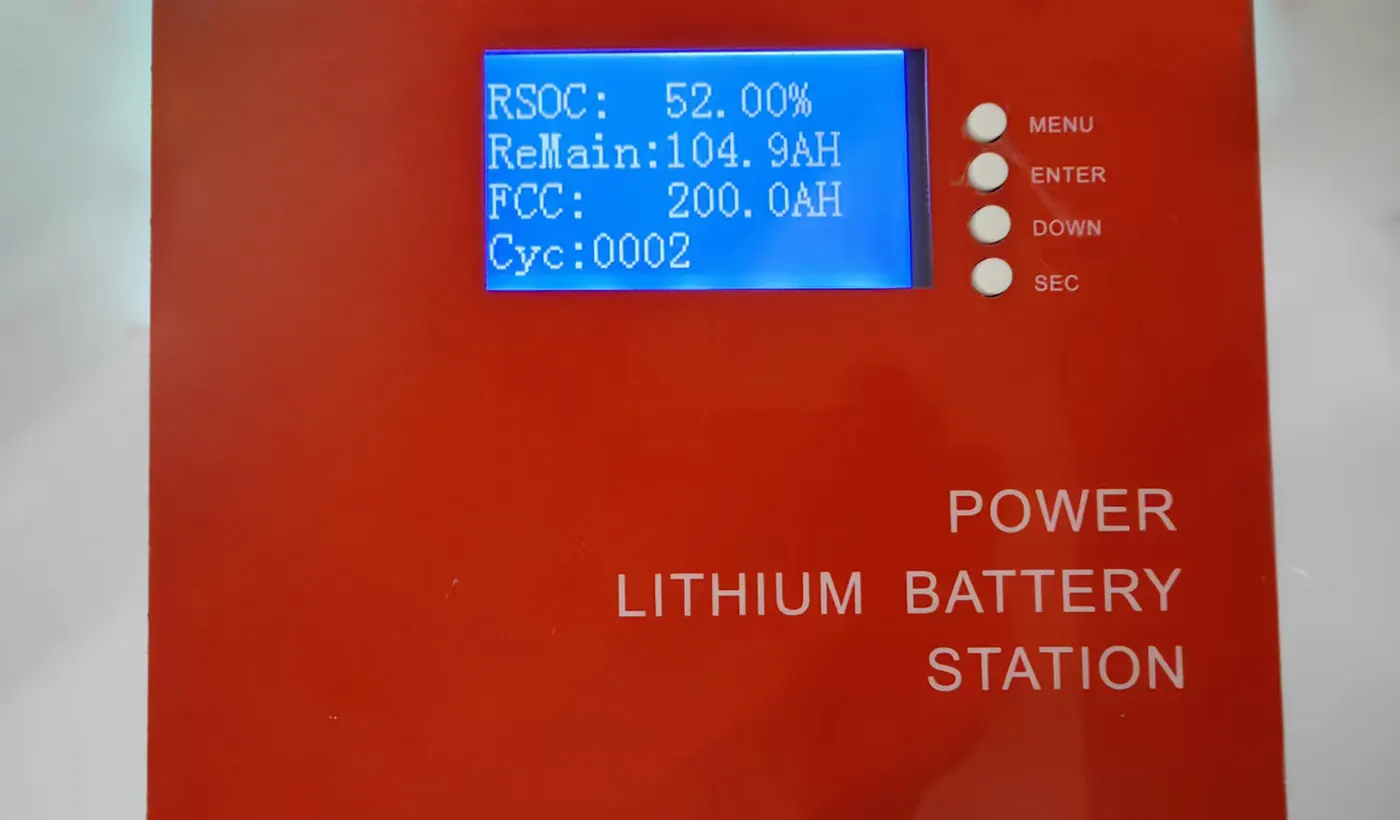
Cet indicateur aide les utilisateurs à évaluer l'énergie disponible et la performance globale du système.
Principaux facteurs affectant le SOC
Taux de charge et de décharge
Le Taux C affecte de manière significative la durée de vie. Un courant de charge plus élevé augmente plus rapidement la durée d'utilisation, tandis qu'un courant de décharge plus élevé la réduit plus rapidement. Des taux de C excessifs peuvent nuire à la précision du SOC dans les calculs du BMS.
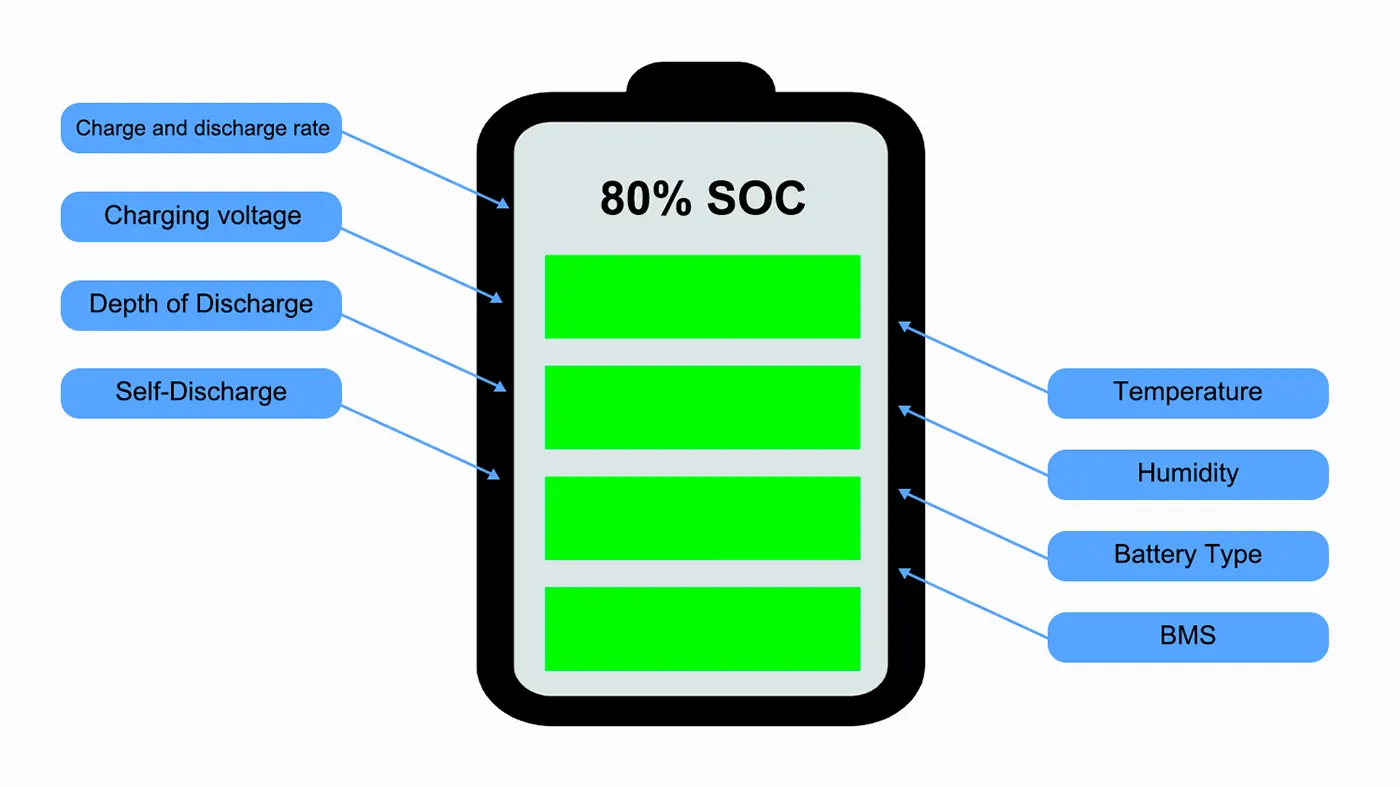
Tension de charge
La tension de charge détermine le niveau de charge maximal pouvant être atteint. Une tension plus élevée permet une charge plus rapide mais accélère le vieillissement et augmente les risques pour la sécurité, tandis qu'une tension trop faible entraîne une charge insuffisante et une sous-estimation de l'état de charge.
Profondeur de la décharge
Plus grand Profondeur de la décharge (DOD) entraîne des baisses plus importantes du SOC. Les décharges profondes accélèrent la dégradation de la capacité et provoquent un comportement non linéaire du SOC. Il est recommandé de maintenir DOD dans 20%-80% pour prolonger considérablement la durée de vie de la batterie.
Autodécharge
Même en cas d'inactivité, les réactions chimiques internes entraînent une perte de charge progressive des batteries. Des taux d'autodécharge plus élevés entraînent une dégradation plus rapide de l'état de charge, en particulier à des températures élevées ou pendant des périodes de stockage prolongées.
Température
La température a un impact direct sur les taux de réaction chimique et la résistance interne. Les températures élevées accélèrent les réactions et les fluctuations du SOC mais augmentent le vieillissement, tandis que les basses températures réduisent l'activité et la capacité, ralentissant les changements de SOC et augmentant les erreurs d'estimation.
Humidité
L'humidité ambiante affecte indirectement le SOC en influençant le refroidissement et l'isolation. Une humidité élevée peut provoquer l'oxydation des terminaux ou la dégradation de l'isolation, ce qui entraîne des microfuites et une baisse lente du SOC, tandis qu'une faible humidité favorise des performances électriques stables.
Type de batterie
Les différentes compositions chimiques (par exemple, LiFePO₄, NCM, LFP, plomb-acide) présentent des courbes tension-capacité distinctes. LiFePO₄ présente un plateau de tension plat, ce qui rend difficile l'estimation du SOC, tandis que le NCM présente une plus grande sensibilité à la tension, ce qui simplifie l'estimation basée sur la tension.
BMS
La précision des algorithmes du BMS détermine directement la fiabilité du SOC. Si la température, l'affaiblissement de la capacité et la compensation dynamique de la tension ne sont pas correctement pris en compte, les résultats du SOC s'écartent de la réalité. Les algorithmes avancés fournissent une correction en temps réel pour une estimation stable et précise du SOC.
Conclusion
Le SOC est un paramètre essentiel dans les systèmes de stockage d'énergie et de véhicules électriques. Grâce à une estimation scientifique et à des algorithmes de haute précision, il est possible d'améliorer l'efficacité, de garantir la sécurité et de prolonger la durée de vie des batteries. GODE continue à favoriser la transition vers un avenir énergétique plus vert et plus intelligent grâce à l'innovation dans le domaine du stockage de l'énergie et de la technologie BMS.
action



